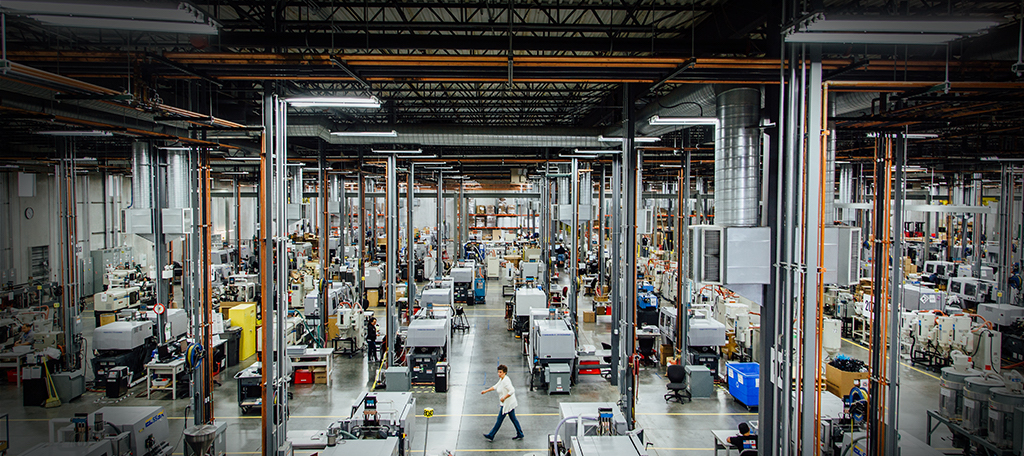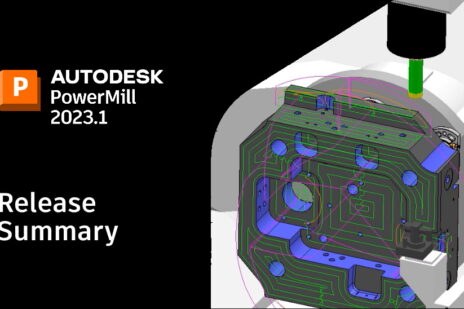
Humans have never ceased to evolve no matter what the walk of life is. When it comes to engineering, it all started off with applying basic technologies to make objects like hunting tools and carts. Major advancements resulted when the Industrial Revolution came, an event which was further refined by the introduction of automation. Now our industries are moving towards the use of what has come to be known as smart factories.
What is Industry 4.0?
This latest phase of industrial development, highlighted in the above paragraph, is becoming increasingly important in modern times. Dubbed as Industry 4.0, or the fourth industrial revolution, it integrates the physical world with the cyber world, with the help of interconnectivity across the whole product lifecycle, allowing optimization across each stage of production.
In this article, the relevance of Industry 4.0 for the aerospace industry and how it has been moving towards the use of smart factories will be discussed.
Why the aerospace industry?
This industry has been chosen due to its consistent growth rate and rise in demand, as indicated by these IATA statistics, which show a 9.4% increase in revenue alone from 2017-2018. This growth rate means that aviation companies will be facing rising demands for aircraft production in the near future, for which they will have to upgrade themselves with the latest trends in manufacturing.
Furthermore, considering the complexity involved in aircraft production, the industry itself is willing to realize these changes, with 62% of manufacturers having a smart manufacturing initiative in 2017, second in the list after industrial engineering (67%).
Smart Factory: what is it?
Smart factories are, simply put, a revolution for any industry. The essence of the whole concept is that with the help of hundreds of thousands of data collection devices, placed at strategic points in a production factory and its whole supply chain, maximum information can be gathered in real time.
This information is then fed into a system of computers, connected to each other via the Internet of Things, which utilizes its algorithms to analyze data like humans do and take intelligent decisions autonomously that favor overall productivity and quality.
What makes smart factories so important?
Let’s consider an example to completely understand the importance of smart factories. Consider a driverless autonomous drone. With the help of a computer program and some sensors, it automatically adjusts itself to a gust of wind that forces it in one direction, just like a human pilot would do in a similar situation.
Extending this example to include the application of the Internet of Things, this drone might also be programmed to collect data from the meteorological department to identify elements like rain or wind in advance and take alternate routes, this would make the drone far more efficient and increase its chances of performing within the designated time frame.
This example clearly shows how important the development of smart factories is. With such systems in our industries, we can surely achieve productivity rates never seen before.
Aerospace and industry 4.0: a match made in Heaven?
The question remains whether the aviation industry is ahead of others in terms of adopting smart manufacturing or not. Considering that 62% of companies (higher than most mainstream industries like automobiles) are already working on the issue, there is little room for doubt.
The application of smart manufacturing was seen in the design of the Airbus A350 XWB. This aircraft was designed using advanced simulation software, virtual reality systems, supply chain components, and thousands of engineers, all of which were interconnected via a centralized system, allowing each element to complement others. The result is one of the most efficient, lightweight, and strong aircraft the world has yet seen.
This report by the European Commission highlights some key areas where smart factory applications could be introduced. An interesting example from it is the use of sensors inside aircraft engines to gather real-time information which is then used for engine behavior modeling. These immensely accurate models can be used to predict the optimal fuel demand for the required thrust level in given conditions, resulting in an increase in fuel economy of up to 15%.
The reasons for the aerospace industry adopting such trends is that they have several benefits ranging from better utilization of resources, more reliance on AI-based systems, better supply chain management in plants, and the use of autonomous decision-making in industrial planning.
How can the Autodesk software suite help aerospace industry realize Industry 4.0?
The Autodesk suite, offering an elite class of smart manufacturing software, is the ideal choice for aerospace companies willing to move their manufacturing plants towards a smart-factory setup.
The whole software suite is integrated with the Internet of Things via Autodesk’s Fusion Production software, which collects real-time data from various nodes throughout factory floors, identifies errors, updates its cloud-based database, and gives quick access of information to users.
With easy to use manufacturing software for everything ranging from CAM (computer aided manufacture), composite material design, CNC machining, to additive manufacturing, engineers can excel in aircraft production and extend the aerospace industry’s lead in implementing Industry 4.0 standards.



Add comment
Connect with: Log in
There are no comments